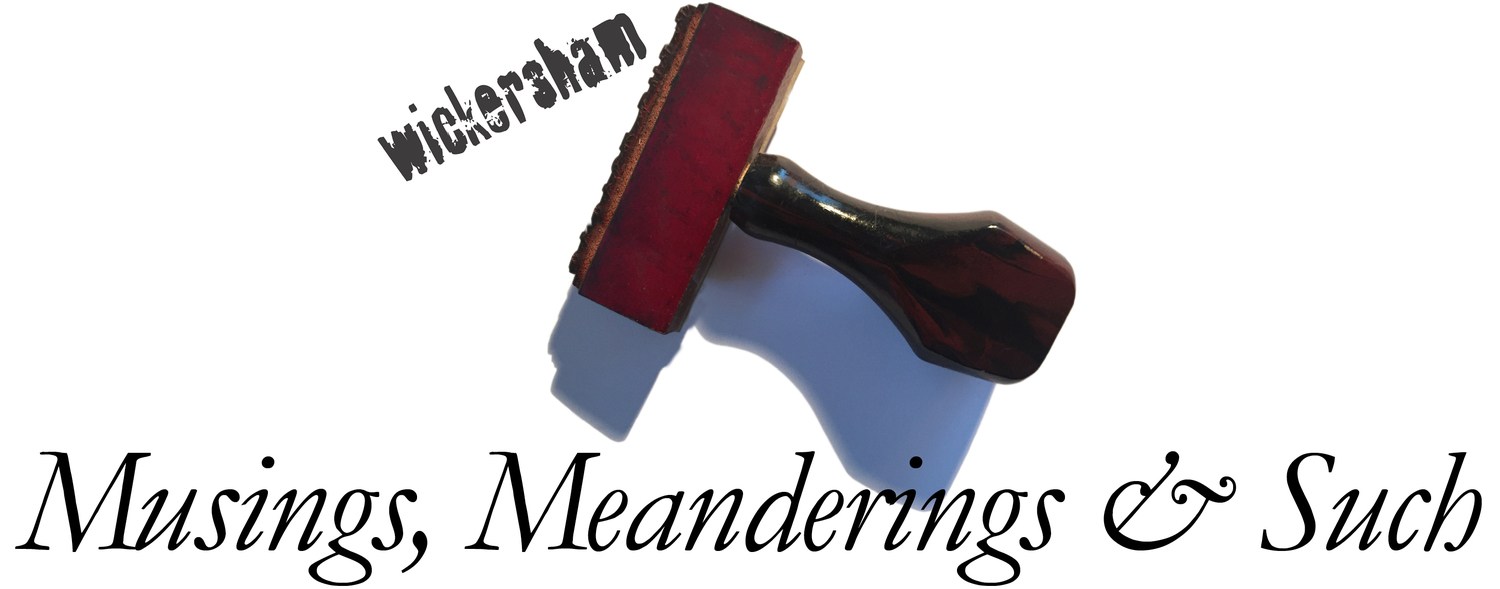Is this a middle finger to its heritage? To its equity?
The Jaguar rebrand is either a masterclass on building awareness or a major screwup that trashes sixty years of brand equality. Brilliant or a blunder?
It’s certainly attracted a lot of very strong opinions. This is likely because the brand itself still resonates with cultural significance to many, thanks to a bad-boy heritage from the likes of Steve McQueen and Mick Jagger. The brand has, or, depending on your perspective, had a lot of cache and well-established equity. Since its launch in 1935, Jaguar has been a symbol of power, speed, and racing prowess.
Tata Motors bought the mark along with Range Rover back in 1998 for $2.56B. Tata was buying brand equity; they recognized the potential. After paying for all that equity, it’s an interesting decision to ignore all its rich history for what is arguably still an idea. There are no cars to buy. Though they have ended production of virtually all their current cars. They say they want to go up-market with an all-EV lineup starting at around $120K. They're looking to go after the Porsche crowd after decades of not making gains against BMW and Audi.
McGovern went on to say, “We’re delighted to have your attention.” at the Miami Art Fair. And that they do.
The complete dismissal of the brand’s heritage begs the question, why keep the brand at all? Because, maybe, just maybe, McGovern believes that there is equity in the brand that can be leveraged.
There are no near-term answers in evaluating this decision. It was motivated by years of declining sales, and things needed to change–drastically. And building a brand and equity is a long game.
While the reveal of the concept cars did support the new direction, attaching new meaning to a brand is a frequency over time equation. It needs time, a lot of time. It’s an equation that you think would have been easier if they had leveraged just a bit of that rich equity.
But hey, a complete and total departure sure has our attention…
Having our attention is one thing. Offering a place to park our perceptions of the brand is another. What’s next? It requires a follow-on. It requires actual experiences, in this case, the actual car. The new models are not expected to be available until late in 2025, some say 2026.
Will it work? Time will tell. As the branding savant David Aaker said, “I see pros and cons to the Jaguar rebrand. Time, engagement, and sales will tell.”
Which side are you on? Brilliant or blunder?

